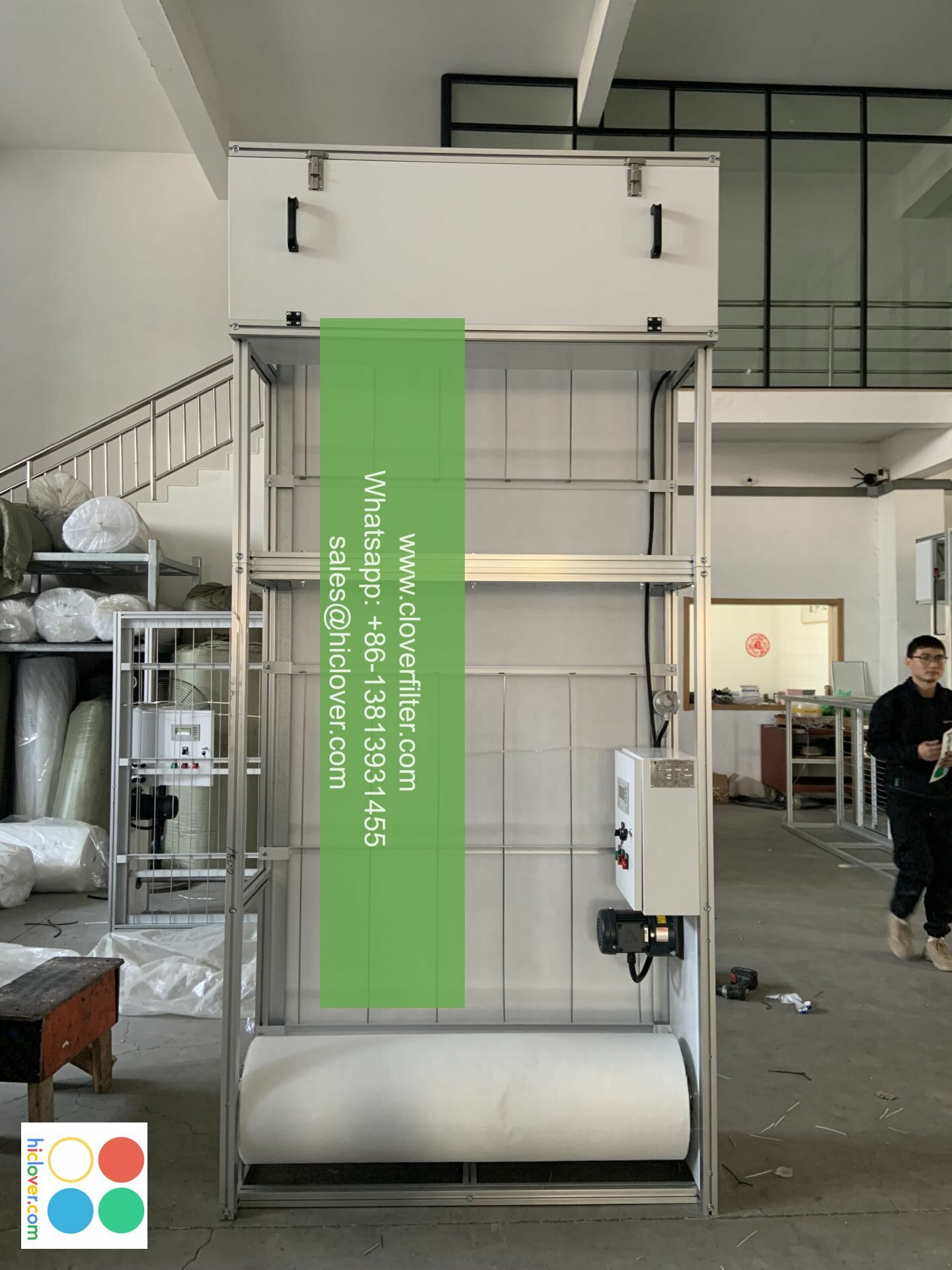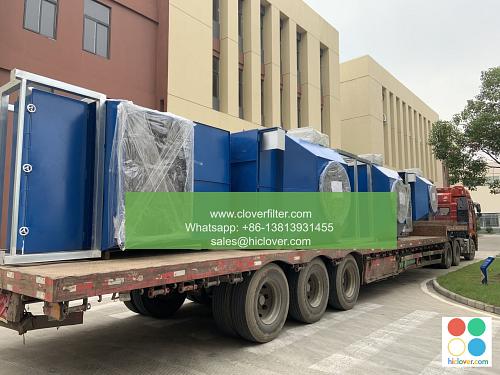The Science of Air Filter Pressure Drop and Energy Consumption

Air filter pressure drop and energy consumption are critical factors in the design and operation of heating, ventilation, and air conditioning (HVAC) systems, as well as in various industrial and commercial applications. The pressure drop across an air filter refers to the decrease in air pressure as it passes through the filter, while energy consumption is the amount of energy required to push air through the filter. In this article, we will delve into the science of air filter pressure drop and energy consumption, exploring the key factors that influence these parameters and highlighting various application areas.
Understanding Air Filter Pressure Drop
Air filter pressure drop is a complex phenomenon that depends on several factors, including the type of filter, airflow rate, filter size, and filter cleanliness. The pressure drop across an air filter can be calculated using the Darcy-Weisbach equation, which takes into account the filter’s resistance to airflow, the airflow rate, and the filter’s surface area. A higher pressure drop across an air filter can lead to increased energy consumption, as the fan or blower must work harder to push air through the filter.
Factors Influencing Energy Consumption
Several factors can influence energy consumption in air filter systems, including:
* Air filter type: Different types of air filters, such as HEPA filters, activated carbon filters, and pre-filters, have varying levels of resistance to airflow, which can impact energy consumption.
* Airflow rate: Increasing the airflow rate through an air filter can lead to higher energy consumption, as the fan or blower must work harder to push more air through the filter.
* Filter size and shape: The size and shape of an air filter can affect its resistance to airflow, with larger filters generally having lower pressure drops and lower energy consumption.
* Filter cleanliness: A dirty or clogged air filter can significantly increase pressure drop and energy consumption, making regular filter maintenance essential.
Application Areas
The science of air filter pressure drop and energy consumption has numerous applications in various fields, including:
* HVAC systems: Air filter pressure drop and energy consumption are critical factors in the design and operation of HVAC systems, as they can impact system efficiency, performance, and energy costs.
* Industrial processes: Air filtration systems are used in various industrial processes, such as chemical processing, pharmaceutical manufacturing, and food processing, where air quality and filter performance are crucial.
* Commercial buildings: Air filter pressure drop and energy consumption are important considerations in commercial buildings, such as offices, hospitals, and schools, where indoor air quality and energy efficiency are essential.
* Transportation systems: Air filtration systems are used in vehicles, aircraft, and ships, where air quality and filter performance are critical for passenger comfort and safety.
Optimizing Air Filter Performance
To minimize energy consumption and optimize air filter performance, several strategies can be employed, including:
* Regular filter maintenance: Regular cleaning or replacement of air filters can help maintain optimal filter performance and minimize energy consumption.
* Filter selection: Selecting the right type and size of air filter for a specific application can help minimize pressure drop and energy consumption.
*
* Energy-efficient technologies: Implementing energy-efficient technologies, such as variable speed drives and high-efficiency motors, can help reduce energy consumption in air filter systems.
In conclusion, the science of air filter pressure drop and energy consumption is a complex and multifaceted field that requires careful consideration of various factors, including filter type, airflow rate, filter size, and filter cleanliness. By understanding these factors and optimizing air filter performance, significant energy savings can be achieved in various application areas, including HVAC systems, industrial processes, commercial buildings, and transportation systems. Prompt

